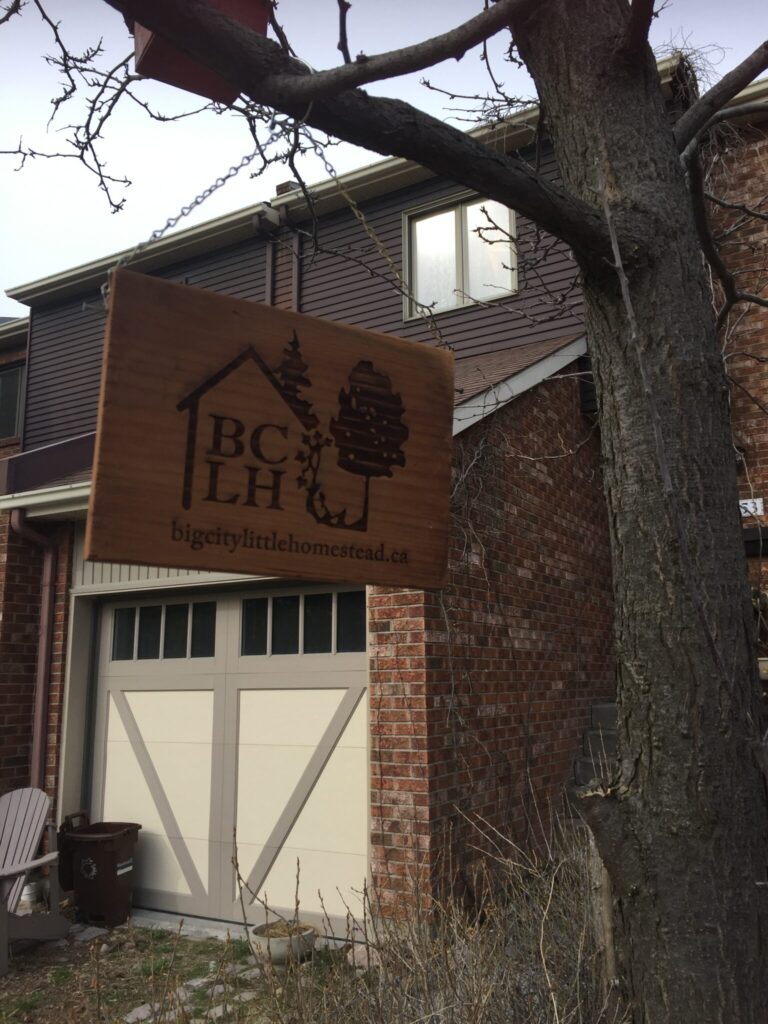Two weekends ago, I participated in the Good Friday Migration to save the Technoparc Wetlands. Read more about it – and see the French-language Pimento Report on YouTube (embedded) here.
With this post, I wanted to mention to readers that I’ve got a new pop-up to subscribe to my email list. See a similar box at the bottom of this post for more details.
I’ve been draggin’ my heels on writing this post ever since, for a false reason. I’ve been making it a bigger deal of writing a blog post than in than the writing actually is, because the issue is a bigger deal than most people realize. So I might say something controversial, but seems clear enough for someone to say.
Part of the game of development is “build it and they’ll come.” There’s no big influx (except if it’s downtown – proper brownfield building development!) but in the meantime, the first occupants will pay for servicing the building and the taxes. Though this is just kicking the can down the road, cities sees that new development, that new tax base as proof of … something usually vanity-related, and a revenue base for existing services. In time, because there’s no incentive for municipalities to forego development without a large NIMBY crowd, their services:tax base ratio will get skewed again. Development sure looks like a Ponzi scheme.

This is the view of the park from overhead, from the south.
Situated in this tension, with no voice but for those who speak up in time, is nature, where the birds carry on with their nestlings like they always have, only the conditions are less and less optimal while development games are played to make them unwelcome. Continue reading























